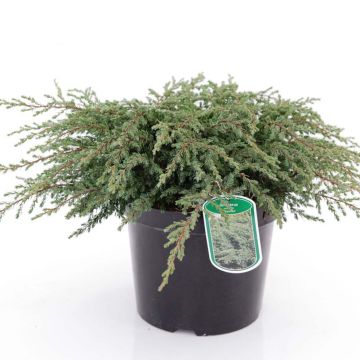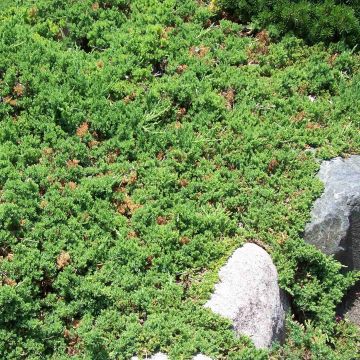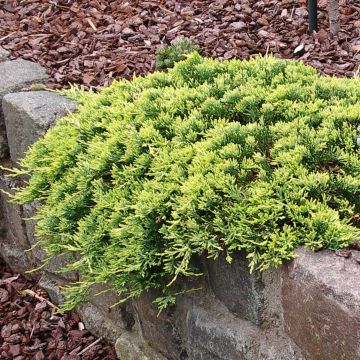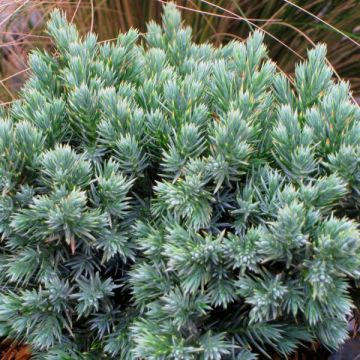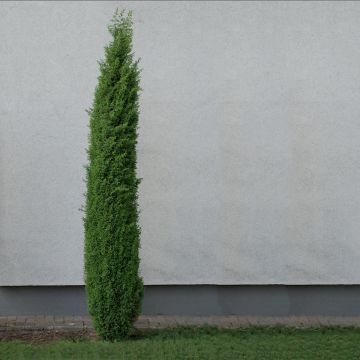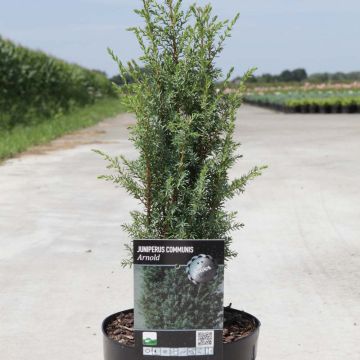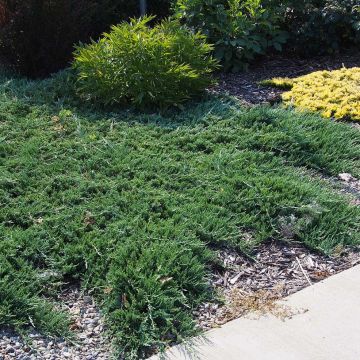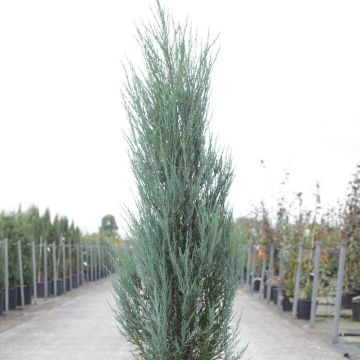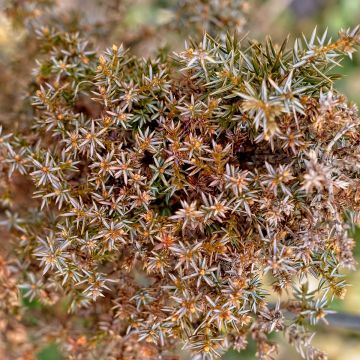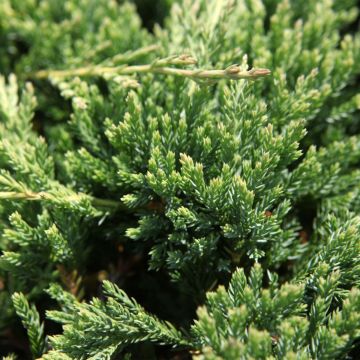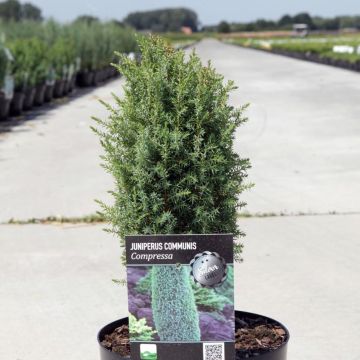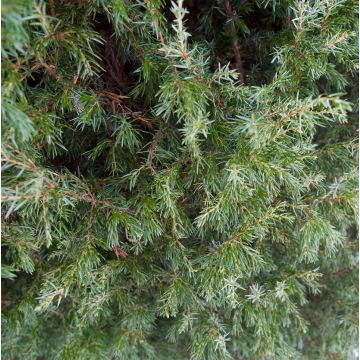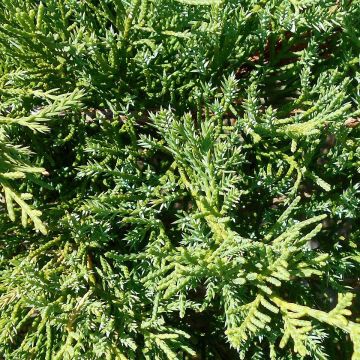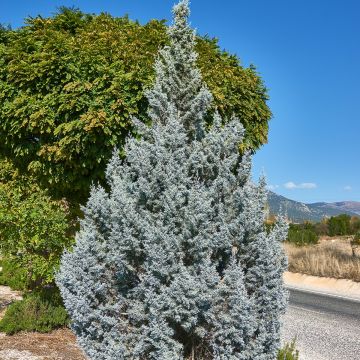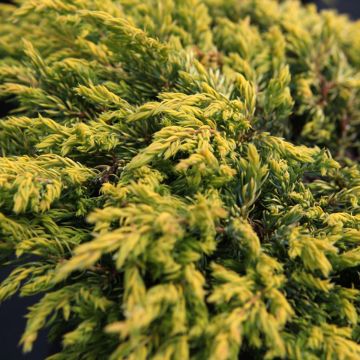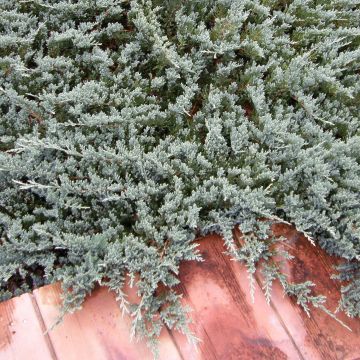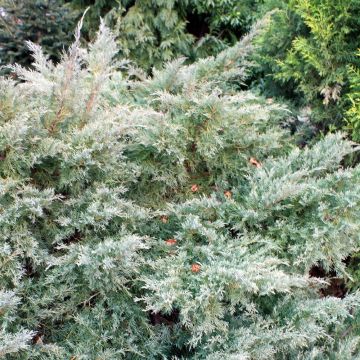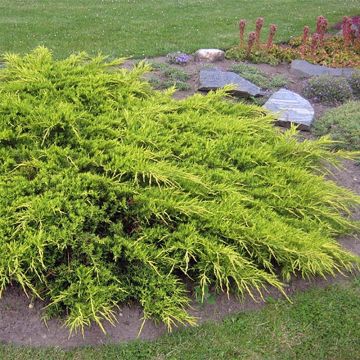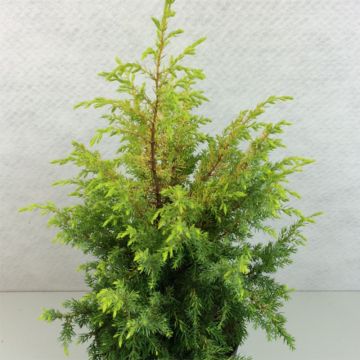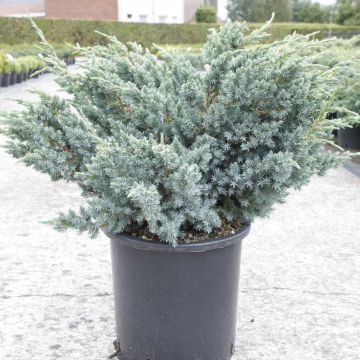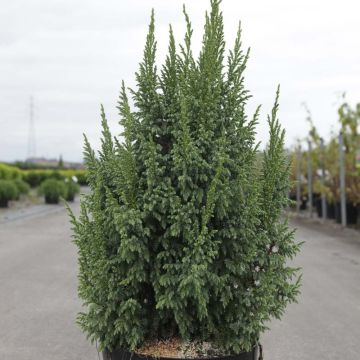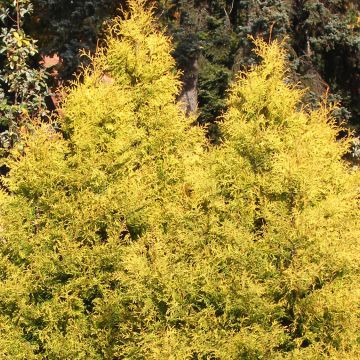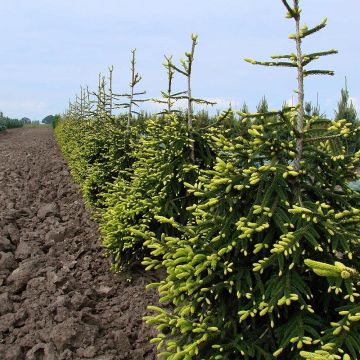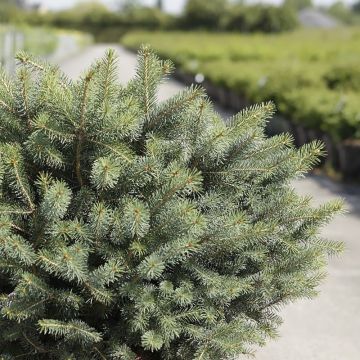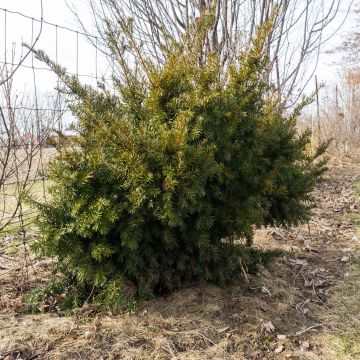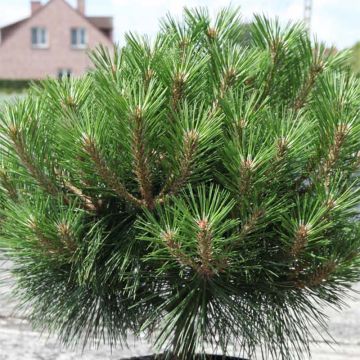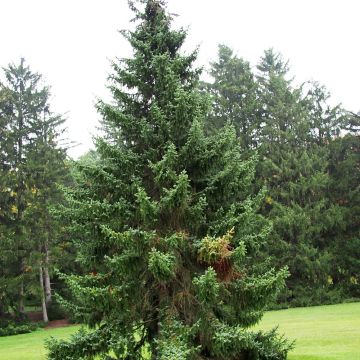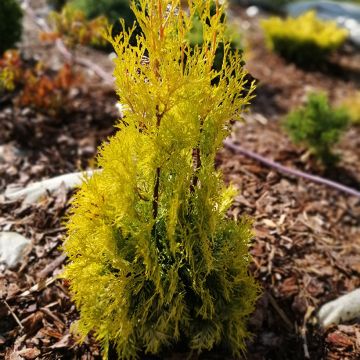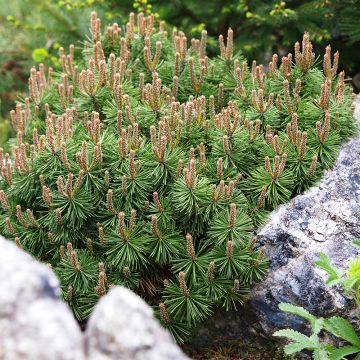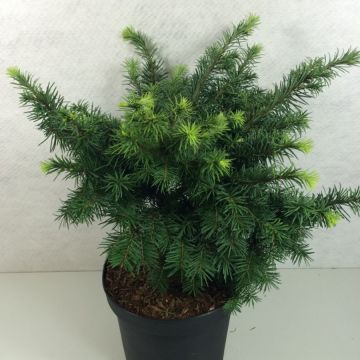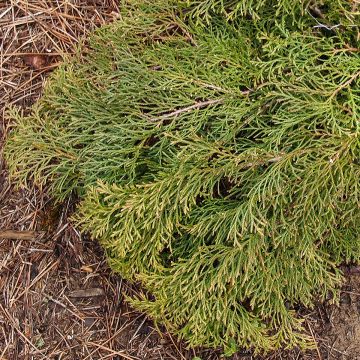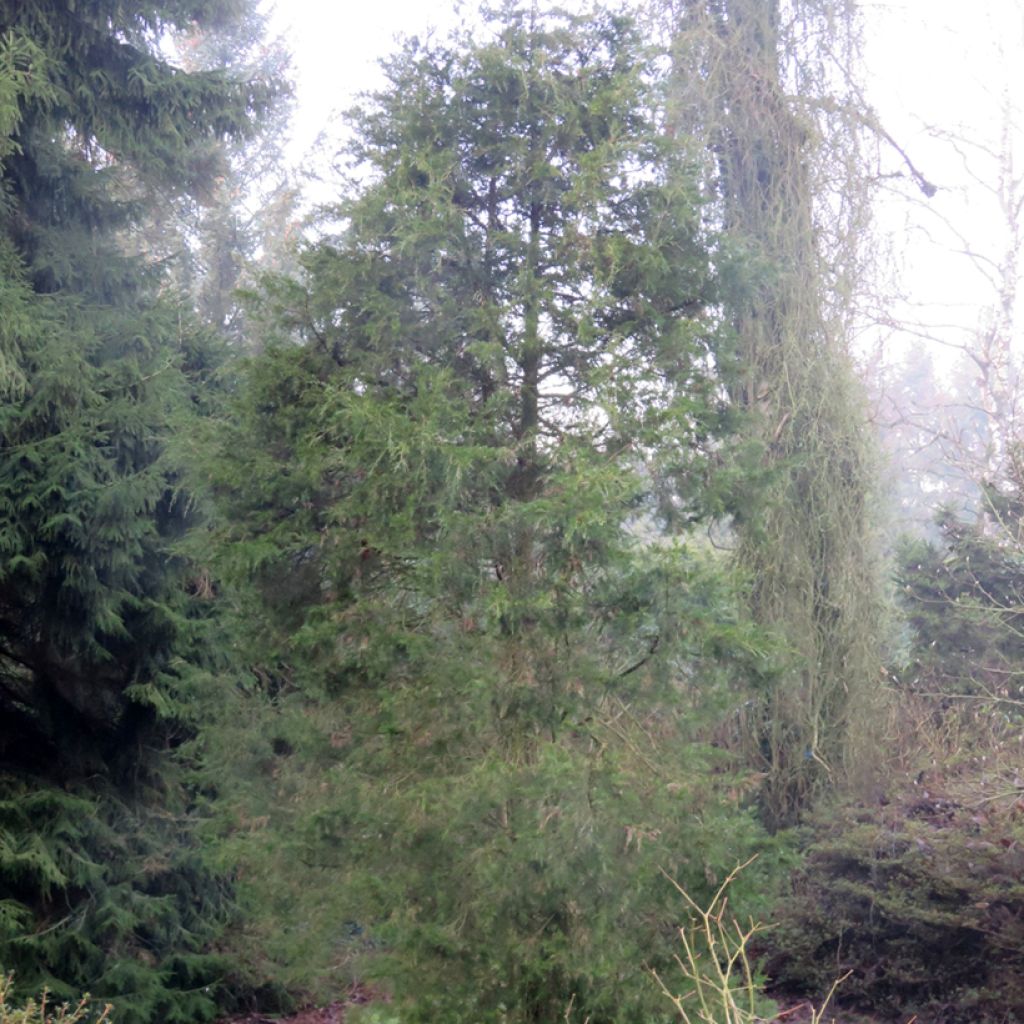

Juniperus virginiana - Eastern red cedar
Juniperus virginiana - Eastern red cedar
Juniperus virginiana
Eastern red cedar
Why not try an alternative variety in stock?
View all →This plant carries a 24 months recovery warranty
More information
We guarantee the quality of our plants for a full growing cycle, and will replace at our expense any plant that fails to recover under normal climatic and planting conditions.
From €5.90 for pickup delivery and €6.90 for home delivery
Express home delivery from €8.90.
Delivery to Corse prohibited: UE law prohibits the import of this plant from mainland France to Corse as part of the fight against Xylella fastidiosa. Please accept our sincere apologies.
More information
Does this plant fit my garden?
Set up your Plantfit profile →
Description
The Eastern Red Cedar, known by its botanical name Juniperus virginiana, is a large North American conifer renowned for its essential oil with anti-inflammatory and decongestant properties. It is a tree with significant development but slow growth, best suited for parks and large gardens. It is very hardy and not very demanding in terms of soil and climate, although it does not tolerate shade.
Juniperus virginiana belongs to the cypress family. It is a botanical species native to the eastern part of North America, ranging from Florida in the south to Ontario and western Quebec in the north. In its natural habitat, this juniper grows on poor, shallow, limestone soils. It sometimes forms monospecific stands, but can also be found in mixed forests with deciduous trees. With slow growth, the Eastern Red Cedar rarely exceeds 4m in height at 20 years old. Ultimately, after two to three centuries, it reaches a height of 15 to 20m with a spread of 5 to 6m. Its habit is generally conical and quite narrow, with a dense canopy. The trunk and branches are covered in reddish-brown bark that peels off in thin strips over time. The branches are thin, with a diameter of about 1mm. Its foliage, evergreen in winter, consists of scales (juvenile leaves) and needles. The scales measure 1.5 to 2mm and are arranged in four tight rows on the branch. The needles measure 5 to 8mm in length, are paired oppositely, and are sharp. Mature trees produce bluish, ovoid fruits, measuring 5 to 6mm in diameter. They contain one or two seeds and are consumed by birds, which spread the seeds. This juniper has a deep root system, allowing it to withstand dry summers.
The Eastern Red Cedar, well-adapted to rocky and limestone soils, can be planted as a specimen tree in a large garden. It can also be used to create an unpruned windbreak hedge along the countryside boundaries. The foliage and bark of this conifer contain a pleasantly fragrant essential oil, which is particularly noticeable in hot weather. Other conifers that can accompany it in poor and well-drained soils include the Common Juniper (Juniperus communis), Cupressus sempervirens 'Totem', and the Blue Atlas Cedar...
Report an error about the product description
Plant habit
Flowering
Foliage
Safety measures
Botanical data
Juniperus
virginiana
Cupressaceae
Eastern red cedar
North America
atteinterespiratoire
Cette plante peut entraîner des symptômes allergiques.
Evitez de la planter si vous ou vos proches souffrez de rhinite saisonnière ("rhume des foins").
Davantage d'informations sur https://plantes-risque.info
Other Juniperus - Juniper
Planting and care
Juniperus virginiana should be planted from September to November and from February to April in well-drained soil, even if it's limestone and poor. A rocky or sandy soil that is fairly dry in summer doesn't bother it. Choose a very sunny spot sheltered from prevailing winds. Soak the root balls well before planting. Add organic fertiliser at planting and water generously in the first few years. Apply a special conifer fertiliser every year in April and weed the soil in summer. This very hardy conifer doesn't like heavy, waterlogged soils in winter. Pruning is not obligatory, in fact, it is not recommended. Old wood, devoid of needles, rarely regrows. Prune from June to September.
Planting period
Intended location
Care
This item has not been reviewed yet - be the first to leave a review about it.
Conifers
Haven't found what you were looking for?
Hardiness is the lowest winter temperature a plant can endure without suffering serious damage or even dying. However, hardiness is affected by location (a sheltered area, such as a patio), protection (winter cover) and soil type (hardiness is improved by well-drained soil).

Photo Sharing Terms & Conditions
In order to encourage gardeners to interact and share their experiences, Promesse de fleurs offers various media enabling content to be uploaded onto its Site - in particular via the ‘Photo sharing’ module.
The User agrees to refrain from:
- Posting any content that is illegal, prejudicial, insulting, racist, inciteful to hatred, revisionist, contrary to public decency, that infringes on privacy or on the privacy rights of third parties, in particular the publicity rights of persons and goods, intellectual property rights, or the right to privacy.
- Submitting content on behalf of a third party;
- Impersonate the identity of a third party and/or publish any personal information about a third party;
In general, the User undertakes to refrain from any unethical behaviour.
All Content (in particular text, comments, files, images, photos, videos, creative works, etc.), which may be subject to property or intellectual property rights, image or other private rights, shall remain the property of the User, subject to the limited rights granted by the terms of the licence granted by Promesse de fleurs as stated below. Users are at liberty to publish or not to publish such Content on the Site, notably via the ‘Photo Sharing’ facility, and accept that this Content shall be made public and freely accessible, notably on the Internet.
Users further acknowledge, undertake to have ,and guarantee that they hold all necessary rights and permissions to publish such material on the Site, in particular with regard to the legislation in force pertaining to any privacy, property, intellectual property, image, or contractual rights, or rights of any other nature. By publishing such Content on the Site, Users acknowledge accepting full liability as publishers of the Content within the meaning of the law, and grant Promesse de fleurs, free of charge, an inclusive, worldwide licence for the said Content for the entire duration of its publication, including all reproduction, representation, up/downloading, displaying, performing, transmission, and storage rights.
Users also grant permission for their name to be linked to the Content and accept that this link may not always be made available.
By engaging in posting material, Users consent to their Content becoming automatically accessible on the Internet, in particular on other sites and/or blogs and/or web pages of the Promesse de fleurs site, including in particular social pages and the Promesse de fleurs catalogue.
Users may secure the removal of entrusted content free of charge by issuing a simple request via our contact form.
The flowering period indicated on our website applies to countries and regions located in USDA zone 8 (France, the United Kingdom, Ireland, the Netherlands, etc.)
It will vary according to where you live:
- In zones 9 to 10 (Italy, Spain, Greece, etc.), flowering will occur about 2 to 4 weeks earlier.
- In zones 6 to 7 (Germany, Poland, Slovenia, and lower mountainous regions), flowering will be delayed by 2 to 3 weeks.
- In zone 5 (Central Europe, Scandinavia), blooming will be delayed by 3 to 5 weeks.
In temperate climates, pruning of spring-flowering shrubs (forsythia, spireas, etc.) should be done just after flowering.
Pruning of summer-flowering shrubs (Indian Lilac, Perovskia, etc.) can be done in winter or spring.
In cold regions as well as with frost-sensitive plants, avoid pruning too early when severe frosts may still occur.
The planting period indicated on our website applies to countries and regions located in USDA zone 8 (France, United Kingdom, Ireland, Netherlands).
It will vary according to where you live:
- In Mediterranean zones (Marseille, Madrid, Milan, etc.), autumn and winter are the best planting periods.
- In continental zones (Strasbourg, Munich, Vienna, etc.), delay planting by 2 to 3 weeks in spring and bring it forward by 2 to 4 weeks in autumn.
- In mountainous regions (the Alps, Pyrenees, Carpathians, etc.), it is best to plant in late spring (May-June) or late summer (August-September).
The harvesting period indicated on our website applies to countries and regions in USDA zone 8 (France, England, Ireland, the Netherlands).
In colder areas (Scandinavia, Poland, Austria...) fruit and vegetable harvests are likely to be delayed by 3-4 weeks.
In warmer areas (Italy, Spain, Greece, etc.), harvesting will probably take place earlier, depending on weather conditions.
The sowing periods indicated on our website apply to countries and regions within USDA Zone 8 (France, UK, Ireland, Netherlands).
In colder areas (Scandinavia, Poland, Austria...), delay any outdoor sowing by 3-4 weeks, or sow under glass.
In warmer climes (Italy, Spain, Greece, etc.), bring outdoor sowing forward by a few weeks.

































